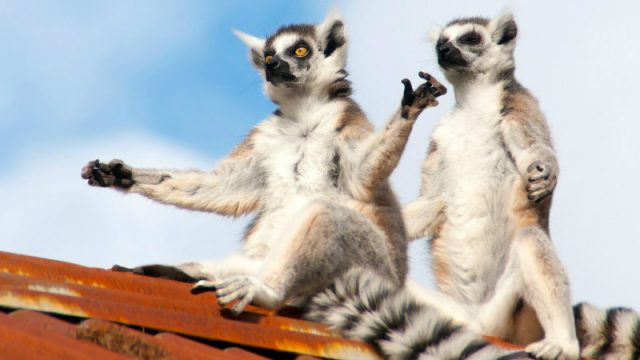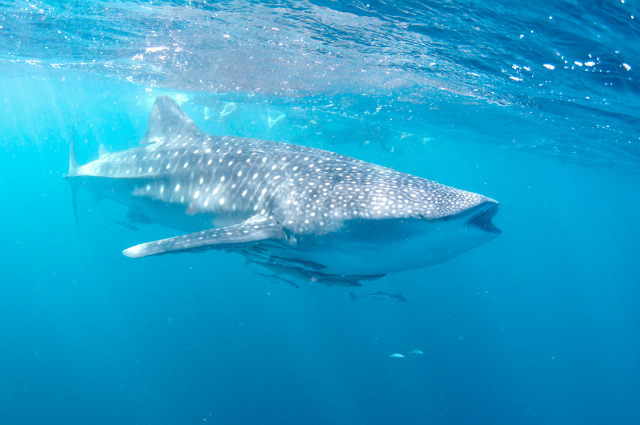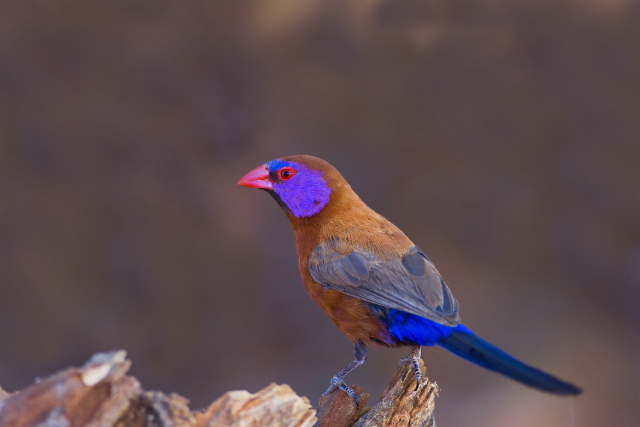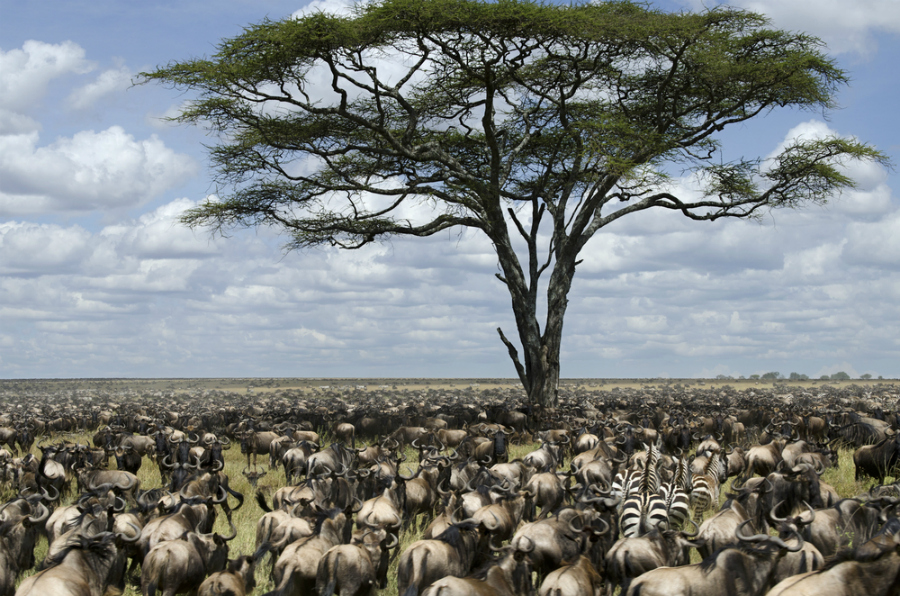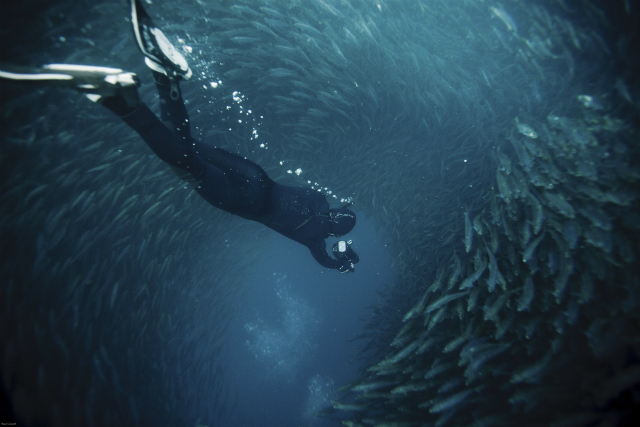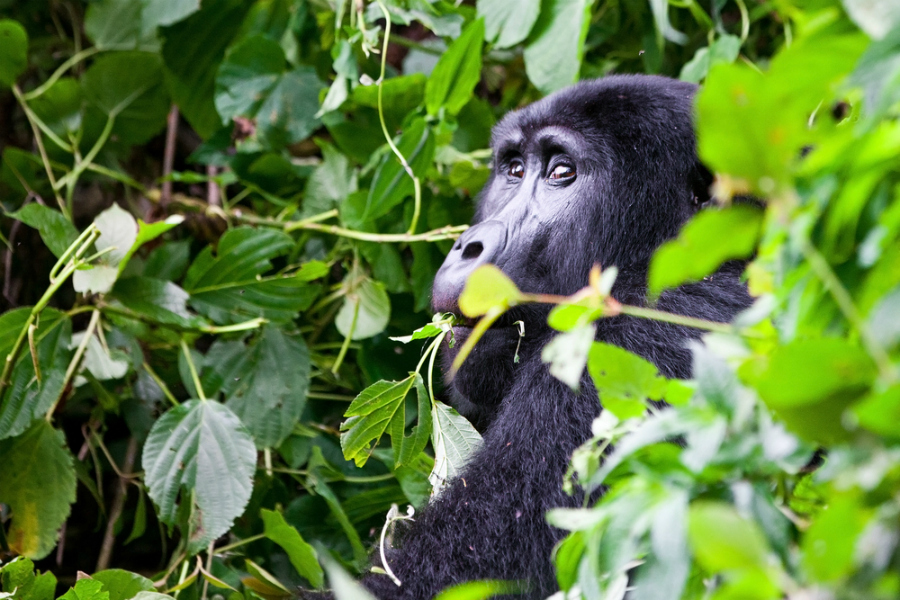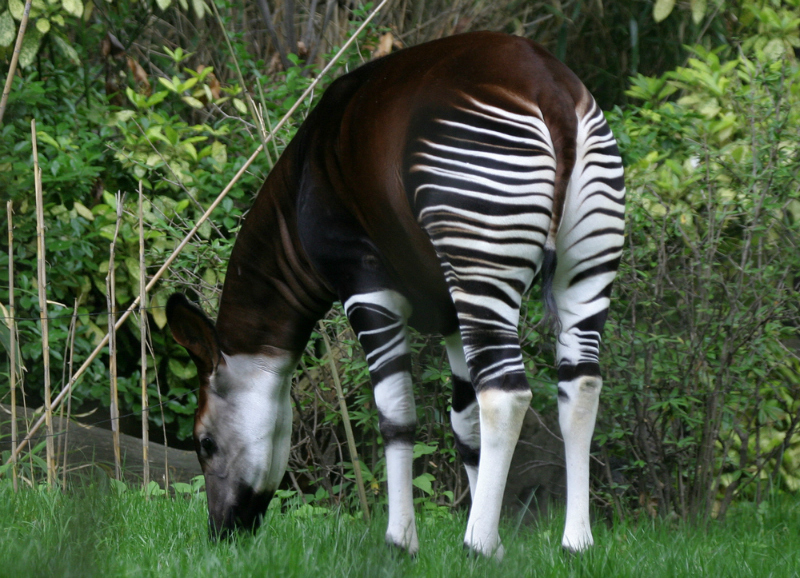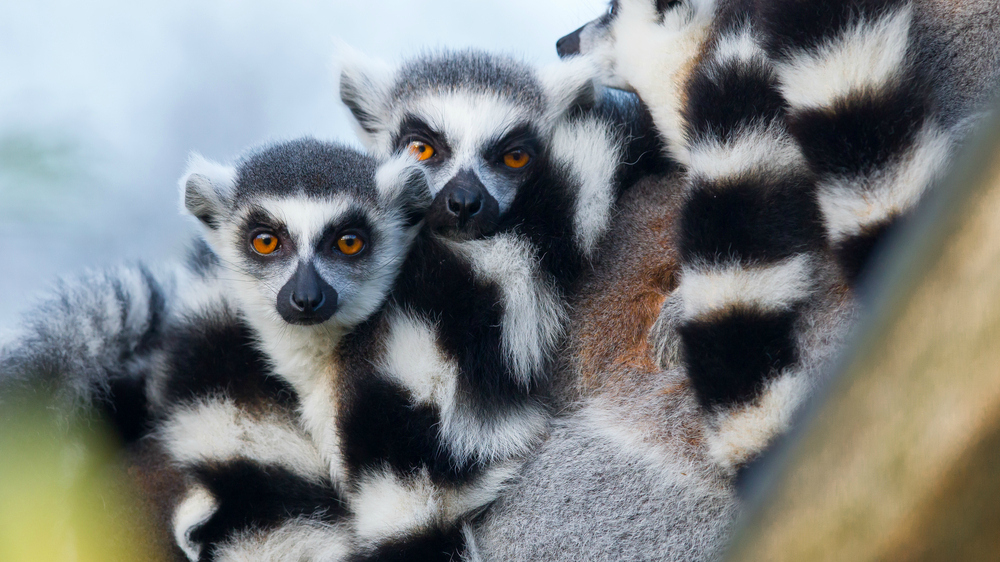Africa’s legendary wildlife is one of primary reasons visitors come to the continent. From the ‘Big Five’ to the smallest insects, Africa’s forests, oceans and plains contain a bounteous array of distinctive and awe-inspiring creatures found nowhere else on Earth. Here’s where to have the best wildlife experiences in Africa, no matter what type of creatures you’re interested in, be it bats, whale sharks, butterflies, or tree-climbing goats.
1) Whale sharks: Mozambique
There’s an area off Tofo Beach in Mozambique known as “whale shark alley,” where these gentle giants swim close enough to the surface that even non-divers can catch a glimpse. Numerous local dive operators arrange an excursion. You can drive to Tofo from Maputo in about 6 hours, or you can fly into nearby Inhambane Airport.
2) Birdwatching: South Africa
South Africa’s got over 800 species of bird, many of them indigenous, making it one of the best birding destinations on the planet. Whether you head to the Cape of Good Hope, Kruger National Park, or somewhere in between, it helps to join a private small group led by a specialist guide such as those offered by Lawson’s (lawsons-africa.co.za) or Rockjumper (rockjumperbirding.com).
3) Great migration: Serengeti National Park/Masai Mara Reserve
To see the maximum volume of animals in the shortest amount of time, witness the annual migration between Tanzania’s Serengeti and Kenya’s Maasai Mara. Every year more than 2.5 million wildebeest, zebra, gazelle, eland and impala travel north over 5,000 square miles of protected grasslands, savanna, rivers and forests, then back south.
4) Kasanka bat migration: Zambia
In late October of every year over 10 million fruit bats flock to a small area of Kasanka National Park from all over Africa. The giant straw-colored critters stay for only six weeks, during which time they can be seen darkening the skies at dusk as they head out on their nightly feeding frenzy. To get the best view of this amazing phenomenon, head to the Mushitu swamp forest, near the confluence of the Musola and Kasanka Rivers.
5) Sardines: South Africa
Between May and July of each year SCUBA divers flock to South Africa’s Wild Coast to witness the annual sardine run. The fish migrate from cooler waters off Cape Agulhas toward warmer ones off Mozambique, and en route offer divers the chance to swim amongst swirling shoals of billions — and even see sharks and other predators attempt to grab mouthfuls.
6) Gorillas: Uganda
50 percent of all the mountain gorillas on the planet can be found in Uganda’s Bwindi Impenetrable Forest. This critically-endangered species numbers only about 700, 340 of which are in Bwindi. Four gorilla families can be tracked by tourists, who must get a permit to do so, and go with an approved guide.
7) Tree-Climbing Goats: Morocco
If you’re on a camel trek or hike in rural Morocco, you need only look up to see goats. The nimble critters like to feed on the seeds of argan trees, and have no qualms about scrambling straight to the highest branches as they forage for food.
8) Butterflies: Nigeria
The area around Calabar, one of Nigeria’s regional hub cities, contains the world’s largest diversity of butterflies. A good way to see them is to tour Cross River National Park, where over 300 species live, including the gorgeous Papilio monachus, the unusual blue Iolaus iasis, and the newly-discovered Tetrahanis okwangwo.
9) Okapi: Democratic Republic of the Congo
The Okapi Wildlife Reserve in the northeast of the DRC was established in 1992 to protect this striking creature, which looks like a cross between a zebra and a giraffe. Located on the Epulu River, the reserve, which is about 1.5 times the size of Yellowstone National Park, is home to 5,000 okapi, plus 4,000 elephants, 2,000 leopards, and the Mbuti pygmies, one of the continent’s last forest-dwelling peoples.
10) Lemurs: Madagascar
There are more than 70 species and sub-species of lemur in Madagascar. Some of the best lemur trekking in the country takes place in Parc National d’Andringitra, where the landscape of rice paddies and towering volcanic peaks more closely resembles the steppes of Asia than Africa. Other options include Parc National de l’Isalo, where ringtail, brown and sifaka lemurs live, and the Perinet Reserve, where you can spot fluffy black-and-white lemurs.
Related content on AFKTravel:
Where To See Wildlife In Namibia
11 Wildlife Finds In Tanzania’s Dazzling Ngorongoro Crater
Ready Your Camera: The 15 Best Wildlife Parks In East Africa
Want to discover the finer side of Africa? Sign up for our weekly newsletter.
